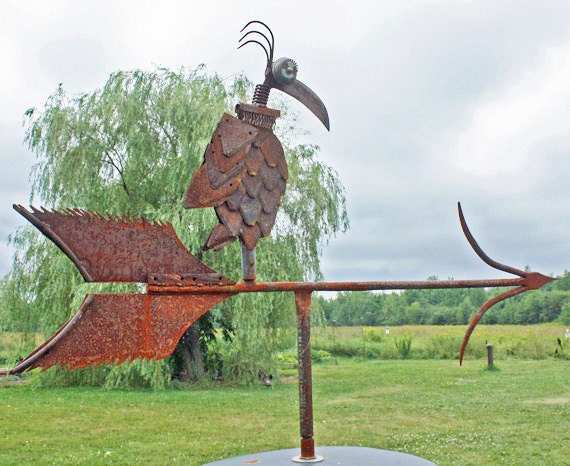 |
| Forget Angry Birds & Make the Wild Birds In Your Garden Happy Ones! |
Less subtle ways of getting your kids interested in birds include hanging bird feeders and making it a point to encourage them to watch and try to identify all the birds they can, taking nature walks that will appeal to kids’ sense of exploration and discovery, and going to birding or nature festivals in your area.
There’s no denying that birding is a fun and fulfilling activity. The tranquility of nature, the thrill of the hunt (so to speak), the elation at finding and correctly identifying a bird – it’s easy to understand why kids can have just as great a time doing it as adults. But there are also several ways in which birding can impact a child’s life beyond just the momentary enjoyment of exploring and looking for birds.
Like all the best kinds of activities, kids can have a great time without realizing that they’re learning valuable skills. Waiting for birds to show up? There’s a reason they say that patience is a virtue. Comparing and contrasting two birds in order to differentiate between them? Your powers of deductive reasoning are at work. Trying to find where the birds actually are? Those are your observational skills being sharpened. The list goes on and on, and perhaps the best part is that a concurrent love of science and nature in general can’t help but be planted in your child’s mind. The earlier it’s planted, the stronger it’s likely to grow in later years – and more kids interested in science and the natural world around us is nothing but a good thing.
So while birding on its own merits is a fun and rewarding experience for kids, it’s also incredibly useful for helping your child to further develop necessary secondary skills as well as a healthy love of science and nature.
 |
| Premium Sunflower Hearts |
www.wildbirdfood.uk.com is a family run business that supplies top quality bird seed, sunflower hearts, bird feeders and other animal foods & accessories.

